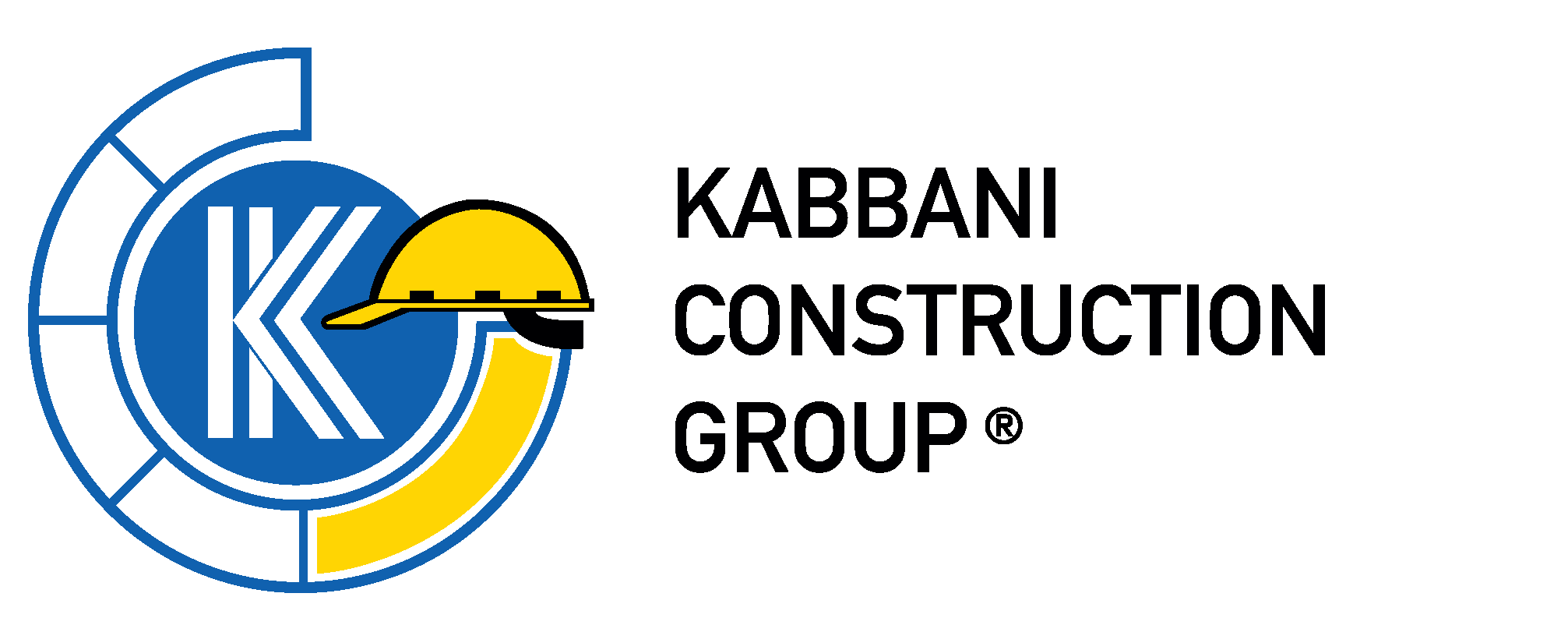Water jetting is a technique that relies on specific material but no compaction. Backfilling with jets allows the contractor to leave the trench and come back later forcing pressurized water into the trench using a long metal device. Water jetting should be avoided on plastic soils or heavy clay soils, however, it is recommended in sand or in highly fissured bedrock. In jetting, you pump the water under pressure and use the force of the jetted water to move the bedding or backfill material around.
As with any backfilling, the material should be placed slowly and in lifts. Flooding or ‘jetting’ backfill generally produces poor to very poor compaction. It is necessary to take preventive measures to contain water containing sediment, and in particular, prevent it from entering drains and watercourses, all in accordance with EPA Guidelines. If the water cannot drain from the backfill soils, the material will be set up for future collapse.

